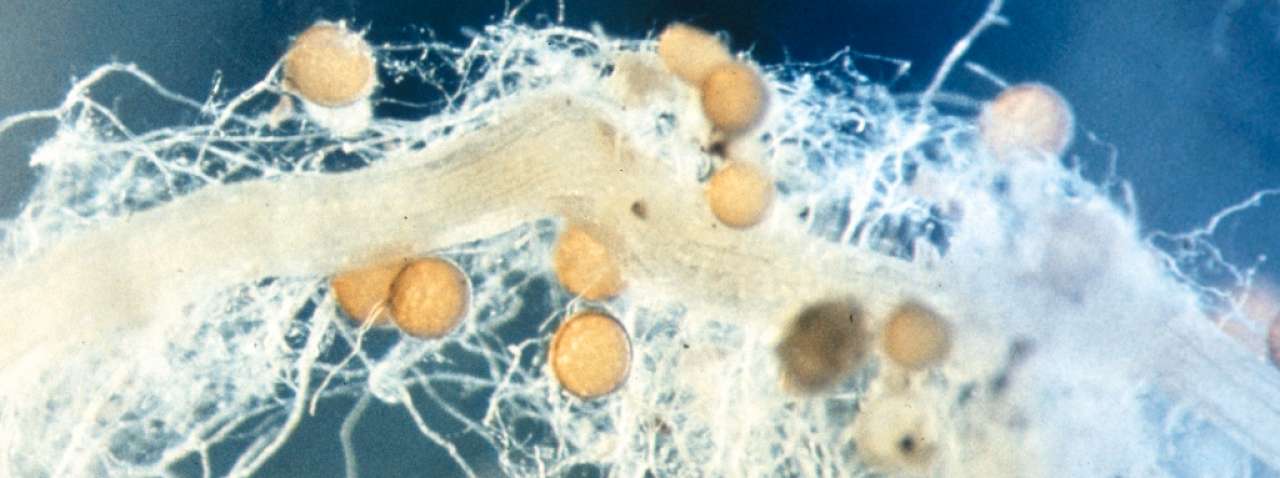
Mycorrhiza – the roots of the roots
Mycorrhiza is a symbiotic relationship between a fungus and a plant’s roots. Mycorrhiza is highly common in most plant species and is nature’s way of delivering nutrients to plants. The fungus becomes an organ that grows on the roots and acts as an extension and finer branching of these roots.

The fungus’ function is to scavenge soil for nutrients, which it transports back to the plant. Therefore, mycorrhiza can be called “the roots of the roots.” In many plants, almost all uptake of nitrogen, phosphorous and some micronutrients is mediated by mycorrhiza fungi.
Mycorrhiza is very common in nature, and approximately 85 percent of all plant species form mycorrhiza. From an evolutionary perspective, mycorrhiza is incredibly old, and fossil data shows that mycorrhiza helped land plants establish on land when they colonized the earth approximately 420 million years ago.
Without mycorrhiza, it is likely that we would not have more than a fraction of land plants that we have today. The fact that some plants do not form mycorrhiza today is a newer evolutionary phenomenon where some plant species have developed new strategies or mechanisms for nutrient uptake.
.jpg)
Publications
Authors
Nanna B. Svenningsen Stephanie J Watts-Williams Erik J. Joner Fabio Battini Aikaterini Efthymiou Carla Cruz-Paredes Ole Nybroe Iver JakobsenAbstract
No abstract has been registered

-copy.jpg?quality=60)